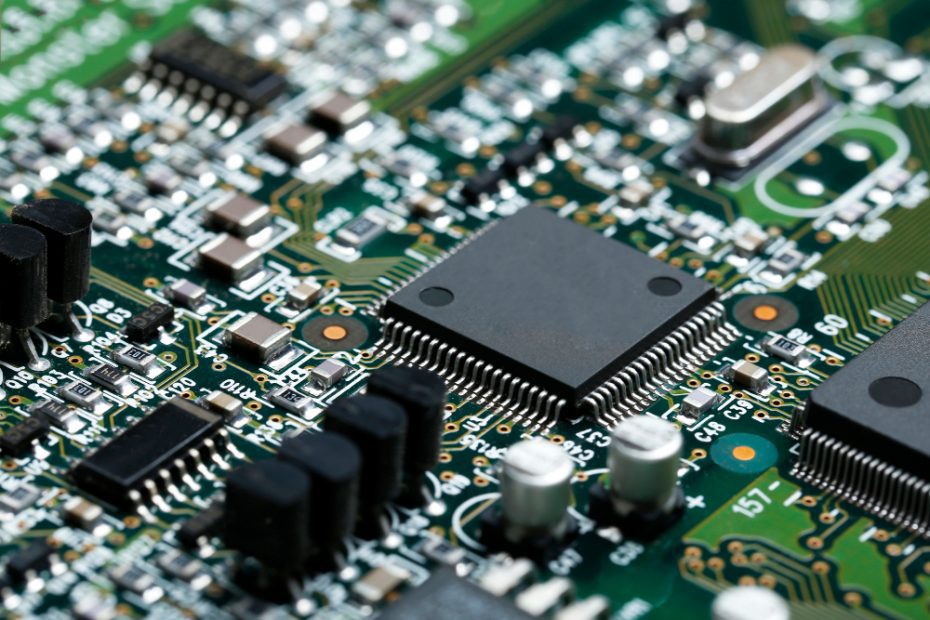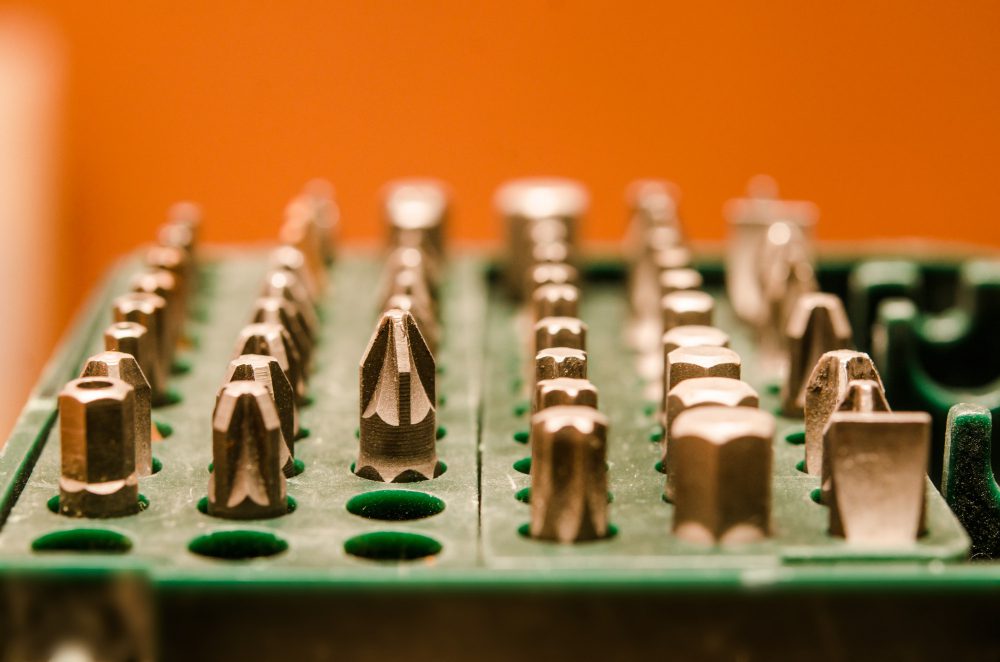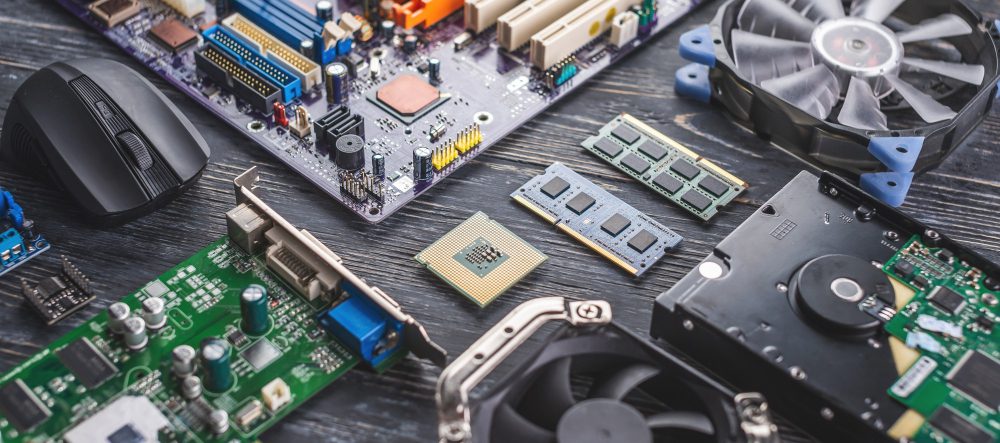Why is my PC not booting up?
One of the most frustrating experiences for computer users is when their PC fails to boot up. Whether you’re a casual user or rely on your computer for work, a non-booting PC can bring your productivity to a screeching halt. In this article, we will explore the common reasons why a PC may not boot up and provide troubleshooting tips to help you get your computer up and running again.
1. Power Issues
One of the first things to check when your PC fails to boot up is power-related issues. Ensure that the power cable is securely plugged into both the wall outlet and the back of your computer. If you’re using a surge protector or power strip, make sure it’s turned on and functioning properly. Additionally, check if the power supply switch on the back of your computer is set to the “On” position.
If you’ve confirmed the power connections are correct, but your PC still isn’t turning on, it could be a faulty power supply unit (PSU). A failing PSU can prevent your computer from receiving the necessary power to boot up. Consider consulting a professional technician to diagnose and replace the PSU if necessary.
2. Hardware Failure
If your PC powers on but fails to boot up completely, hardware failure might be the culprit. Faulty RAM modules, a malfunctioning hard drive, or a misconnected component can all lead to booting issues. To troubleshoot hardware problems, try the following:
- Reseat your RAM modules by removing and reinstalling them in their respective slots. Make sure they are properly seated.
- Check the cables and connections of your hard drive to ensure they are secure. If necessary, try connecting the hard drive to a different SATA port on the motherboard.
- If you have recently installed any new hardware components, such as a graphics card or additional RAM, remove them and see if the PC boots up without them. A faulty or incompatible component may be causing the issue.
If the above steps don’t resolve the problem, it’s advisable to seek professional help to diagnose and repair any hardware failures.
3. Software Issues
In some cases, software-related problems can prevent your PC from booting up properly. This could include issues with the operating system, corrupt system files, or problematic third-party software. Here are some steps to troubleshoot software-related booting problems:
- Perform a “Startup Repair” using your Windows installation disc or recovery options. This feature can fix common startup issues by repairing system files.
- Boot into Safe Mode to determine if a specific software or driver is causing the problem. If your PC boots successfully in Safe Mode, you may need to uninstall or update the problematic software or driver.
- Use System Restore to roll back your PC to a previous working state. This can help revert any system changes that may have caused the booting problem.
If software troubleshooting doesn’t resolve the issue, you may need to consider reinstalling the operating system or seeking assistance from a professional technician.
Note: Before attempting any troubleshooting steps, it’s crucial to back up your important data to prevent potential data loss.
In conclusion, a non-booting PC can be caused by a range of factors including power issues, hardware failure, and software problems. By following the troubleshooting tips outlined in this article and seeking professional help if necessary, you can increase the chances of getting your PC back up and running smoothly.
What to Do If Your PC Is Not Starting?
If you are facing the frustrating situation where your PC is not starting, don’t panic. There are several troubleshooting steps you can take to diagnose and fix the issue. Follow this guide to get your PC up and running again.
1. Check Power Connections
The first thing to do is to make sure all the power connections to your computer are secure. Check that the power cable is properly plugged into the wall outlet and the back of your PC. Additionally, ensure that all internal power cables are correctly connected to the motherboard and other components.
2. Test the Power Supply
If the power connections are fine but your PC still won’t start, the issue might be with the power supply. To test it, you can use a power supply tester or try using a known working power supply from another computer.
3. Check for Hardware Issues
If the power supply isn’t the problem, it’s time to check for any faulty hardware. Start by removing any unnecessary peripherals such as external hard drives or USB devices. Try starting the PC without these peripherals and see if it makes a difference.
Note: It’s important to disconnect the power supply before opening your PC case and working on any internal components.
4. Reset BIOS Settings
In some cases, incorrect BIOS settings can prevent your PC from starting. To reset the BIOS settings, locate the CMOS battery on your motherboard and remove it for a few minutes. Then, reinsert the battery and try turning on your computer.
5. Boot in Safe Mode
If your PC starts but encounters issues during the boot process, try booting in Safe Mode. Safe Mode starts your computer with only the essential drivers and services, allowing you to troubleshoot software-related problems.
6. Seek Professional Help
If none of the above steps resolve the issue, it might be time to seek professional help. A certified technician can diagnose the problem more accurately and recommend the appropriate solution.
Remember, troubleshooting a non-starting PC can be complex, but with patience and careful examination, you can often identify the cause and get your computer back in working order.
How to Fix a Computer That Won’t Start?
Dealing with a computer that won’t start can be frustrating, but there are several troubleshooting steps you can take to get it up and running again. Here are some potential solutions:
Check the Power Supply
The first thing to check is if the computer is receiving power. Make sure all the cables are securely plugged in and try a different power outlet. If you have a desktop computer, you can also try resetting the power supply by unplugging it for a few seconds and then plugging it back in.
Test the Hardware
If your computer still doesn’t start, it’s worth testing the hardware components. Start by removing any external devices or peripherals, such as USB drives or printers. Then, make sure the RAM modules and other internal components are properly seated in their slots. If you have multiple RAM modules, try removing one at a time and see if the computer starts.
Check the Display
If your computer is turning on but there’s no display on the monitor, make sure it’s properly connected and turned on. Try connecting the monitor to a different computer or using a different cable. If you have a graphics card installed, remove it and connect the monitor directly to the motherboard.
Perform a Power Cycle
Another simple troubleshooting step is to perform a power cycle. This involves turning off the computer, unplugging it from the power source, and holding down the power button for around 10 seconds. Then, plug it back in, turn it on, and see if it starts properly.
Try Safe Mode or Startup Repair
If your computer still won’t start, you can try booting into Safe Mode or using the Startup Repair feature. Safe Mode starts Windows in a limited state and can help identify and resolve issues. Startup Repair, on the other hand, attempts to fix problems that prevent Windows from starting normally.
Seek Professional Help
If you’ve tried all the troubleshooting steps and still can’t get your computer to start, it may be time to seek professional help. A trained technician can diagnose the issue accurately and recommend the best course of action.
Remember, it’s always a good idea to back up your important files regularly to avoid data loss in case of such computer issues.
Quote: “The most important thing is not to panic when your computer won’t start. Take a systematic approach to troubleshoot the problem, and chances are you’ll be able to fix it.” – Computer Technician
Why does my computer turn on but no display?
It can be frustrating when your computer powers on, but you’re met with a blank screen. There are several possible reasons for this issue. Let’s explore some common causes and troubleshooting steps to help you resolve the problem.
1. Faulty Monitor or Display Cable
If your computer turns on but there’s no display, the first thing to check is your monitor. Ensure that it’s properly connected to your computer and that the cables are securely plugged in. Try connecting the monitor to another computer to see if it works. If the monitor still doesn’t display anything, it may be faulty and require repair or replacement.
2. Graphics Card Issues
If your computer has a dedicated graphics card, it could be the source of the problem. Make sure the card is seated correctly in its slot on the motherboard. Double-check the power connections to the graphics card as well. If you have an integrated graphics card, you can try removing the dedicated card (if present) and connecting the display directly to the motherboard to see if that resolves the issue.
3. RAM Problems
Faulty or improperly inserted RAM can also cause a computer to power on without displaying anything. Try reseating the RAM modules one by one, ensuring they are properly inserted into their slots. If you have multiple RAM sticks, test them individually to identify any faulty modules. If you find a defective stick, replace it with a new one.
4. BIOS Configuration
Incorrect BIOS settings can prevent your computer from displaying anything on the screen. Resetting the BIOS to its default settings might help. You can usually do this by locating the CMOS battery on your motherboard and removing it for a few minutes before reinserting it. Alternatively, consult your motherboard’s manual for instructions on how to reset the BIOS.
5. Other Possible Causes
If none of the above solutions work, there might be other underlying issues causing the problem. These could include a faulty power supply, a malfunctioning motherboard, or even software-related issues. In such cases, it is recommended to seek professional help or contact your computer manufacturer for further assistance.
Remember, troubleshooting computer hardware issues can be complex, and it’s important to handle components with care. If you’re unsure or uncomfortable performing any of the steps mentioned above, it’s best to consult a professional technician.
In conclusion, a computer turning on without displaying anything can be caused by various factors, including problems with the monitor, graphics card, RAM, BIOS settings, or other hardware/software issues. By following the troubleshooting steps and seeking expert assistance if necessary, you can resolve this frustrating problem and get your computer back up and running again.
Why is my computer not turning on at all?
1. Check the power supply
If your computer is not turning on at all, the first thing you should check is the power supply. Ensure that the power cable is properly connected to both the computer and the wall outlet. Try using a different power cable or wall outlet if possible, to rule out any issues with the power supply.
2. Examine the hardware
If the power supply seems fine, the next step is to examine the hardware components of your computer. Start by checking if all the internal cables and connectors are securely attached. Inspect the RAM sticks, graphics card, and other components to ensure they are properly seated in their respective slots.
3. Look for signs of overheating
Overheating can cause a computer to shut down or not turn on at all. Check if the fans inside your computer are working and free from dust buildup. Make sure that the computer’s vents are not obstructed and have proper airflow.
4. Test the power button
It’s also worth testing the power button itself, as it could be faulty. Disconnect the power cable, then press and hold the power button for at least 10 seconds to discharge any remaining power. Reconnect the power cable and try turning on the computer again.
5. Check for electrical issues
In some cases, electrical issues in your home or office may be the cause of your computer not turning on. Test the wall outlet by plugging in a different device to see if it works. If possible, try connecting your computer to a surge protector or use a different power socket.
6. Seek professional help
If none of the above steps resolve the issue, it may be time to seek professional help. A qualified technician can diagnose and fix any underlying hardware or software problems that are preventing your computer from turning on.
Note: It’s important to back up your important files regularly to prevent data loss in case of any computer issues.
Remember to exercise caution when working with computer hardware to avoid damaging any components. If you’re unsure about any steps, it’s always best to consult a professional for assistance.
What Could Cause a PC Not to Start?
It can be frustrating when your PC fails to start up properly. There can be several reasons behind this issue, ranging from minor software glitches to more serious hardware failures. Let’s explore some common causes of a PC not starting up and how to troubleshoot them.
Power Supply Issues
A faulty power supply is one of the primary culprits when it comes to a non-starting PC. If your computer doesn’t receive adequate power, it won’t be able to boot up. Check if the power cable is properly connected, and try plugging the PC into a different outlet. You may also want to test the power supply by swapping it with a known working unit.
Hardware Problems
Malfunctioning hardware components can also prevent a PC from starting. Issues with the motherboard, RAM, or graphics card can disrupt the startup process. Try removing and reseating these components, ensuring they are firmly connected. If you have multiple RAM sticks, try booting with just one at a time to identify any faulty modules.
Software Glitches
Software-related problems can cause a PC to fail during startup. Incompatible or outdated drivers, corrupt system files, or malware infections can all lead to boot issues. Boot the PC in Safe Mode by pressing F8 during startup to troubleshoot software problems. Use antivirus software to scan for malware and consider updating drivers or performing a system restore to resolve any software conflicts.
BIOS Settings
Misconfigured BIOS settings can prevent a PC from starting up normally. Access the BIOS menu by pressing a specific key (usually Del, F2, or F10) during startup. Ensure that the boot order is correct, with the primary hard drive listed as the first boot device. If you are uncertain about any changes, consult the motherboard manual or seek assistance from technical support.
Summary
A PC not starting up can be attributed to various factors, including power supply issues, hardware problems, software glitches, and misconfigured BIOS settings. Troubleshooting these issues requires patience and systematic approach. Make sure to check the power supply connections, reseat hardware components, address software conflicts, and verify BIOS settings. If the problem persists, it may be necessary to seek professional help.



